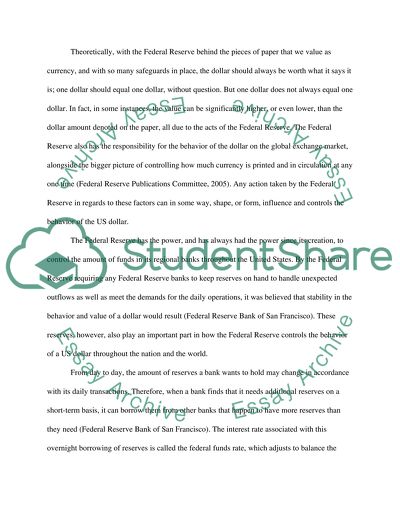Cite this document
(“The Monetary Behavior as Created by the Federal Reserve Essay”, n.d.)
The Monetary Behavior as Created by the Federal Reserve Essay. Retrieved from https://studentshare.org/finance-accounting/1431851-the-monetary-behavior-as-created-by-the-federal
The Monetary Behavior as Created by the Federal Reserve Essay. Retrieved from https://studentshare.org/finance-accounting/1431851-the-monetary-behavior-as-created-by-the-federal
(The Monetary Behavior As Created by the Federal Reserve Essay)
The Monetary Behavior As Created by the Federal Reserve Essay. https://studentshare.org/finance-accounting/1431851-the-monetary-behavior-as-created-by-the-federal.
The Monetary Behavior As Created by the Federal Reserve Essay. https://studentshare.org/finance-accounting/1431851-the-monetary-behavior-as-created-by-the-federal.
“The Monetary Behavior As Created by the Federal Reserve Essay”, n.d. https://studentshare.org/finance-accounting/1431851-the-monetary-behavior-as-created-by-the-federal.


